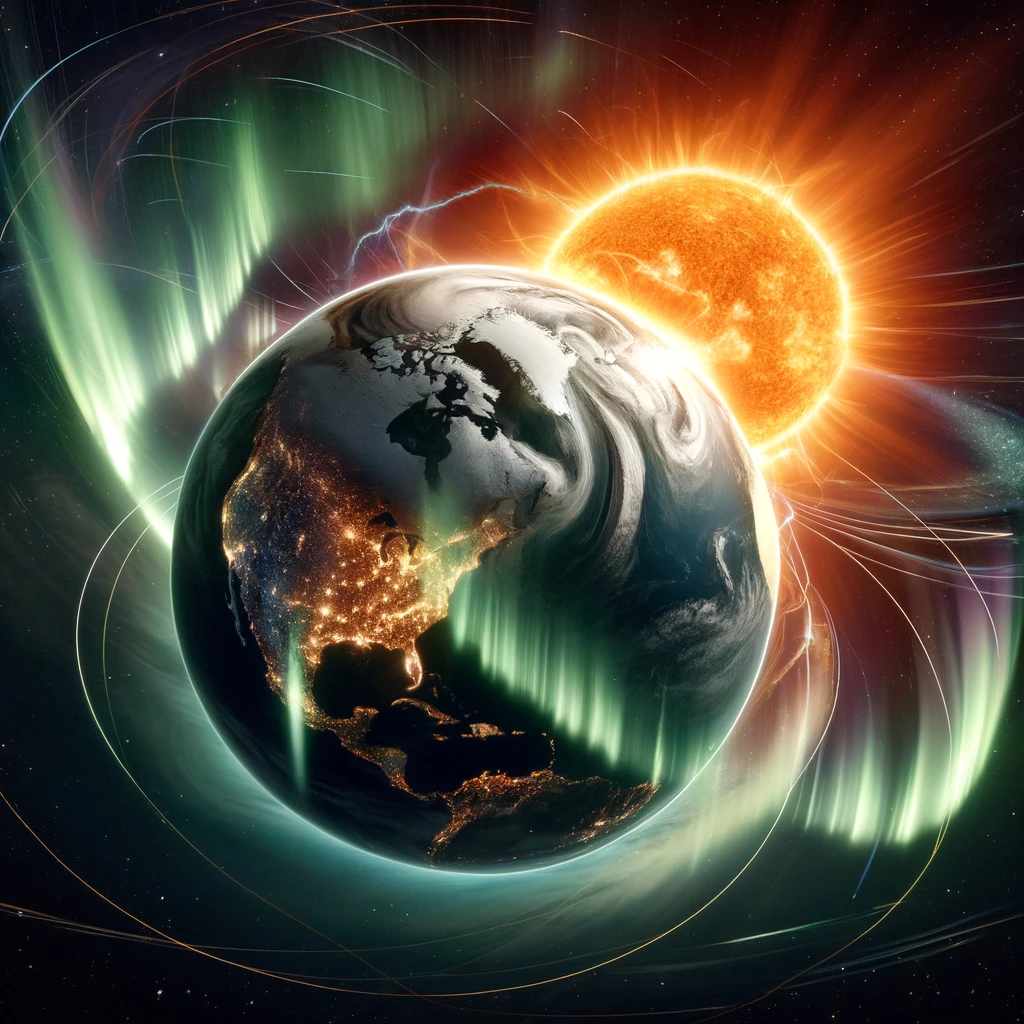For the first time, astronomers have mapped the variation in the Sun's rotation speed from the equator to its polar regions, thanks to 100 years of daily solar records from the Kodaikanal Solar Observatory. This achievement provides new insights into the Sun's inner workings and magnetic activity, contributing to our understanding of solar dynamics.
The Earth spins like a rigid sphere, completing a full rotation every 24 hours, the same across all latitudes. The Sun, however, tells a different story. As a massive ball of plasma, its rotation varies by latitude, with the equator rotating faster than the poles. At the equator, the Sun completes a full rotation in about 25 days, while the poles take approximately 35 days. This phenomenon, called differential rotation, is critical to understanding the Sun’s behavior, including the solar cycle, solar dynamo, and magnetic activity that sometimes affects Earth’s environment.
The discovery of differential rotation dates back to 19th-century astronomer Richard Carrington, who observed sunspots moving at different speeds depending on their latitude. However, sunspots are limited to latitudes below 35 degrees, making it difficult to measure rotation near the Sun’s poles. Other methods, such as spectrographic observations, have been used to study polar rotation, but they lack the consistency to track changes over time.
A research team from the Indian Institute of Astrophysics (IIA) has now solved this problem using historical data from the Kodaikanal Solar Observatory. The observatory, celebrating its 125th anniversary, houses a century of solar observations, one of only two such long-term data sets worldwide. Using records of solar plages and network cells from the chromosphere, captured in the Calcium K spectral line (393.3 nanometers), the team succeeded in mapping solar rotation from equator to pole.
Solar plages are bright regions in the chromosphere with weak magnetic fields, and network cells are convective structures that are slightly larger than sunspots. These features, unlike sunspots, cover the Sun's surface continuously, allowing scientists to study rotation patterns at high latitudes. The observatory had meticulously documented these features on photographic plates, which were recently digitized, making the data accessible for detailed analysis.
“We realized the potential of using solar plages and network cells, which are always present on the Sun's surface, to measure rotation speeds,” said Muthu Priyal, one of the study's co-authors from IIA. The team divided the Sun into latitude bands, analyzing the rotation rates in 10-degree intervals across both hemispheres.
Their analysis revealed that the equator rotates at 13.98 degrees per day, while the polar regions rotate more slowly at 10.5 degrees per day at 80 degrees latitude. The similarity in rotation rates between plages and network cells suggests that these features may have a common origin, possibly deep beneath the Sun’s surface.
“This is the first time chromospheric network cells have been used to map solar rotation from the equator to the poles,” said Prof. B. Ravindra of IIA. “This work is crucial for understanding the Sun’s magnetic field and activity, and it opens up new avenues for studying solar dynamics.”
The study, titled "Equator to Pole Solar Chromospheric Differential Rotation Using Ca-K Features Derived from Kodaikanal Data," was published in the Astrophysical Journal. It was authored by Hema Kharayat (IIA and M.L.K.P.G. College, Balrampur), and Jagdev Singh, Muthu Priyal, and B. Ravindra from the Indian Institute of Astrophysics.











